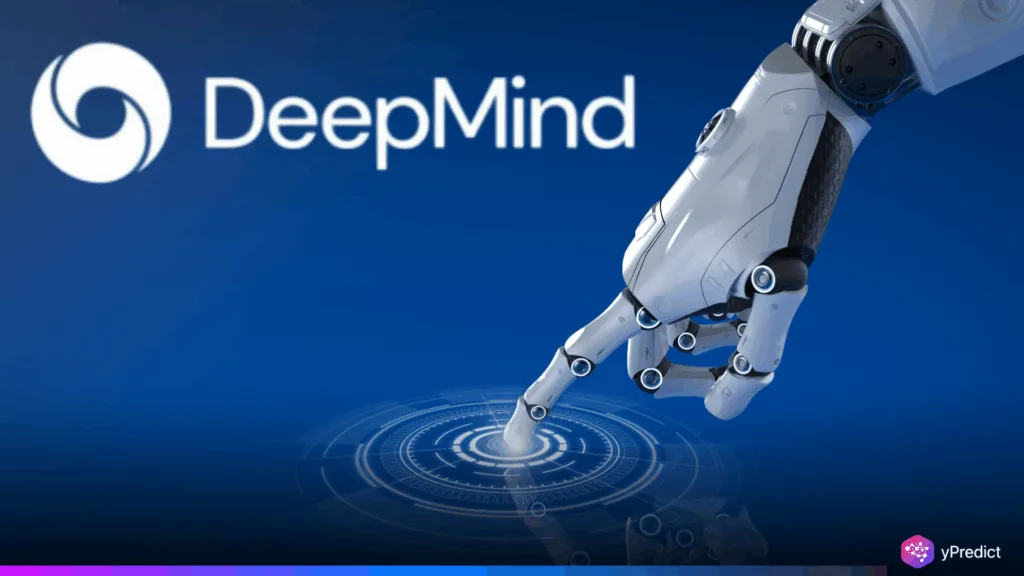
The conversation around artificial general intelligence (AGI) has shifted in recent years from pure reasoning to physical interaction. DeepMind researcher Jack Holder recently emphasized that AGI will not be complete unless it is embodied, meaning it can act in and interact with the physical world. For Holder, intelligence cannot remain confined to abstract problem-solving, it must also involve action, decision-making, and adaptation in real-world environments.
Holder argues that embodied AGI must gain its robustness through experiences, not just datasets. This is where simulation becomes essential. Before machines operate in the physical world, they need a safe, scalable environment to learn, make mistakes, and improve. Without simulation, Holder believes embodied AGI would fail to generalize knowledge or build the kind of adaptive physical intelligence that humans demonstrate daily.
DeepMind’s recent model Genie-3 hints at this direction, offering a pathway toward creating AGI that learns from simulated experiences. Holder views this as one of the most promising steps toward building systems capable of navigating both digital and real spaces with confidence. His perspective reinforces a critical point: the road to general intelligence will not end with language and reasoning, but with embodied action.
Why Embodied AGI Is Central to the Future of Intelligence
According to Jack Holder, intelligence is meaningless unless it is embodied. Humans and animals learn by interacting physically with the world. It is not sufficient to reason about the context without being part of it. For AGI to be seen as intelligent like a human, it must experience physical contexts where actions have consequences.
Embodied AGI also creates opportunities for the possible use of AGI in areas of robotics, manufacturing, healthcare, and autonomous systems. These areas require physical intelligence in conjunction with reasonable intelligence. Without acting upon the conception of its knowledge and pennence, an AGI will be powerful but also useless.
The Role of Simulation in Developing AGI
Holder insists that simulation is the bridge between abstract reasoning and embodied action. Simulation allows AGI models to practice in controlled environments, test hypotheses, and adapt before entering real-world settings. In essence, AGI simulation acts like a digital playground where mistakes are inexpensive and lessons are invaluable.
He puts it plainly, “I can’t see an embodied AGI operating without simulation.” This highlights how critical simulated training will be for building reliable intelligence. By enabling models to test countless scenarios, simulation ensures embodied AGI develops resilience and flexibility.
Genie-3 and Its Significance for Embodied AGI
DeepMind’s Genie-3 is one of the most talked-about steps toward embodied AGI. The model can generate interactive environments, offering systems opportunities to learn and adapt through dynamic simulations. Unlike static datasets, Genie-3 creates living, changing contexts where AGI can refine its skills.
This approach could accelerate the development of physical intelligence, as AGI systems learn faster in diverse, high-fidelity environments. Holder points out that Genie-3 may be a foundational tool for training future AGI, ensuring it develops practical capabilities beyond text and data processing.
The Road Ahead for Embodied Intelligence
The trend toward embodied AGI underscores a more general shift in AI research: from cognition toward competence in the real world. The researchers are now focused more on how AGI can act safely, effectively, and responsibly in physical world environments. Simulation-based models like Genie-3 may act as training wheels where AGI learns the competencies needed to ultimately operate in the real world apart from the laboratory. But, challenges remain.
In order to achieve successful deployment, it is critical to handle areas like safely deploying AGI, aligning AGI behaviors with human values, and scaling physical environment simulations. But as Jack Holder points out, solving these (and other) designed problems is unavoidable if we want to create AGI with similar properties as human learning and intellect.
Final Thoughts
Jack Holder perspective highlights a crucial truth: AGI cannot remain purely digital. To be truly intelligent, it must be embodied and capable of acting in the physical world. Simulation emerges as the key enabler, providing AGI with the space to learn and adapt safely.
DeepMind’s Genie-3 represents an early but significant step toward this vision. While there is much work ahead, Holder’s message is clear, the future of AGI lies in embodiment, powered by simulation, and grounded in physical intelligence.






